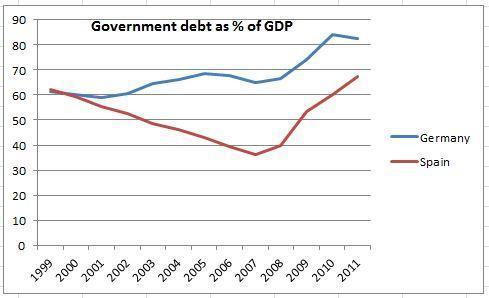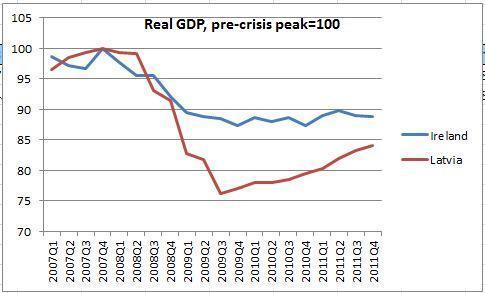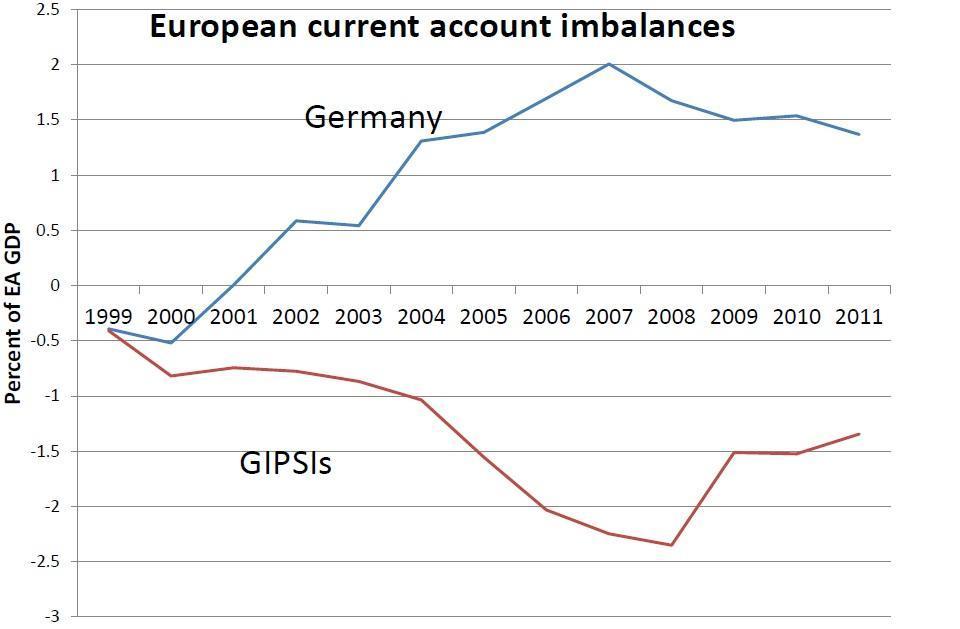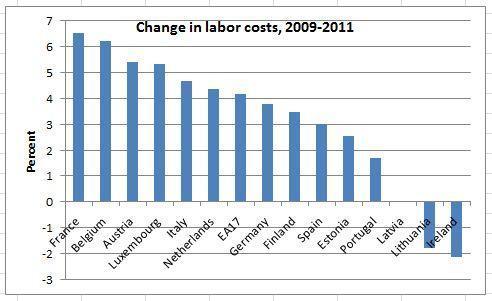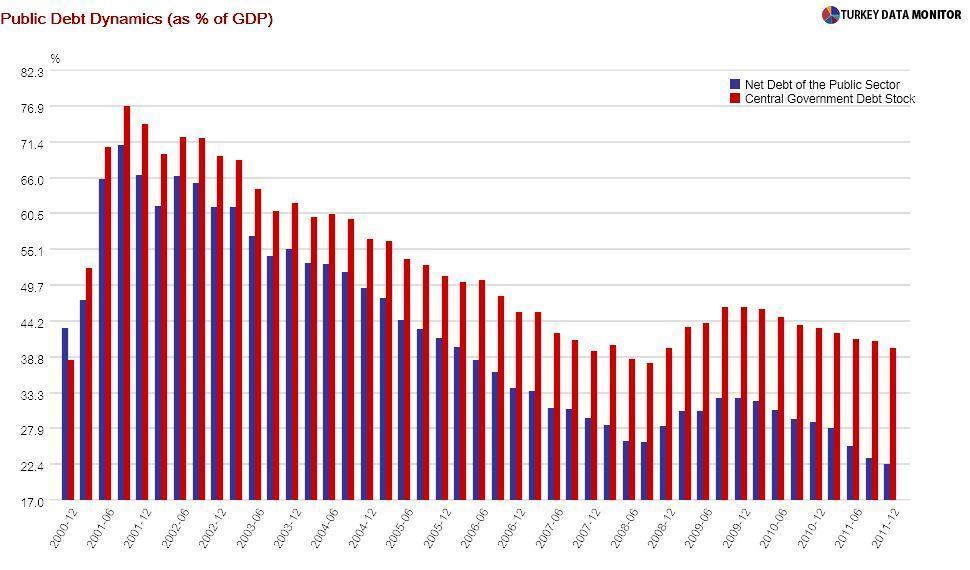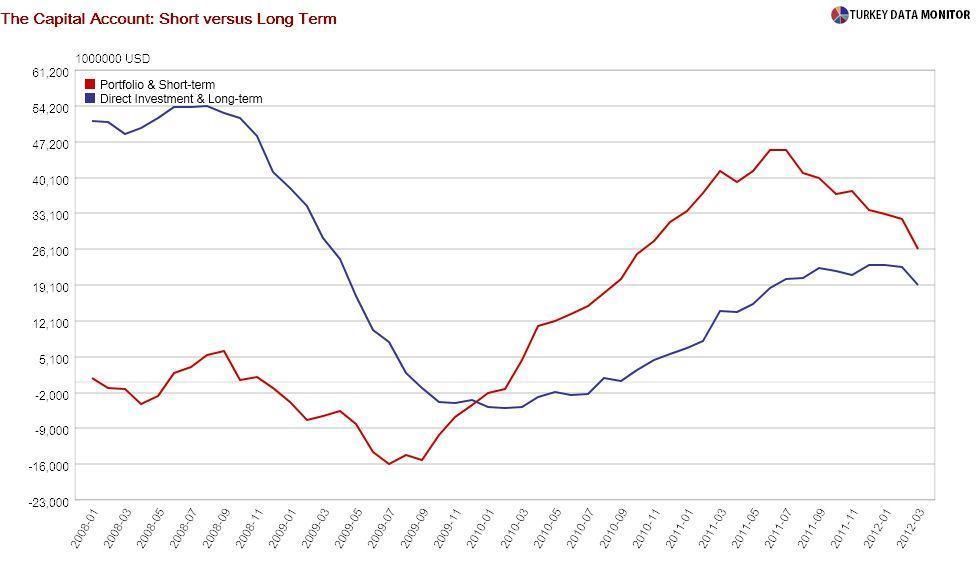Rashomon, the Eurozone crisis and Turkey

Andrew
Lo, professor of finance at MIT, likened the different financial crisis
narratives to Akira Kurosawa’s Rashomon when he recently reviewed 21 books
about the financial crisis.
In
the movie, a crime is recounted differently by each protagonist. Lo argued that
there are “several mutually inconclusive narratives” of the 2008-2009 crisis. Similarly,
there are two distinct tales of the Eurozone crisis.
According
to the German version of the story, fiscal profligacy is the culprit, and
therefore austerity the cure. Moreover, fiscal restraint will restore markets’
confidence. Just look at how well Latvia and Ireland, two countries that
swallowed their painful pills, are doing!
Nobel
laureate Paul Krugman, professor of economics at Princeton and columnist for
the New York Times, disputes this narrative. He first notes that Spain’s
government debt to GDP ratio was actually declining from 1999 until the crisis,
whereas Germany’s was creeping up.
As
for the two poster children, Ireland and Latvia’s GDPs are still significantly
below pre-crisis levels. To add insult to injury, Ireland's credit
default swaps, which provide insurance against the country's not paying its
debt, are more than twice Turkey’s and imply an annual probability of default
of nearly 8 percent.

This
narrative is not without holes: Spain’s problem was not fiscal but private sector
profligacy, led by housing. And the German argument holds much better for
Greece. But Krugman is right that markets
are definitely not rewarding austerity. Besides, I have yet to meet this
famous “confidence fairy”.
In
any case, I would agree with Krugman that Europe’s main problem is balance of
payments. Germany’s current account surpluses were matched by the deficits of
Greece, Italy, Portugal, Spain and Ireland, collectively known as the GIPSIs.
Concurrently,
there were huge capital flows to the GIPSIs, which were the driving force
behind the public or private spending binges. This was fine as long as the
music kept playing, but once it did stop, these countries could not use the
exchange rate for adjustment and had to resort to internal devaluation, i.e. painful
wage cuts.
How
does Turkey fit in all this? For one thing, Turkish policymakers are firmly sticking
with the German narrative. For example, economy tsar Ali Babacan’s speech at
the Istanbul
Finance Center conference last week could have easily come from Deutsche
Bundesbank President Jens Weidmann.
But
maybe this adherence reflects realpolitik more than anything else. With a debt
to GDP ratio of 40 percent at the end of 2011, Turkey looks like the real
poster child for austerity, even though the IMF has recently
warned that budget balances are not as strong as they look.
More
importantly, once you subscribe to the Krugman narrative, you may suddenly
notice that Turkey’s current account deficit of 10 percent of GDP is comparable
to the GIPSIs’ levels before the crisis. Moreover, that deficit is still
financed by short-term capital flows, as Friday’s March
figures confirmed.
Unlike
the GIPSIs, Turkey can use the exchange rate and monetary policy as adjustment
mechanisms, but you just wouldn’t want to alarm markets.
Graphs 1, 2, 5 and 6 as well as the confidence fairy are from a presentation Paul Krugman gave in Brussels on Thursday.
